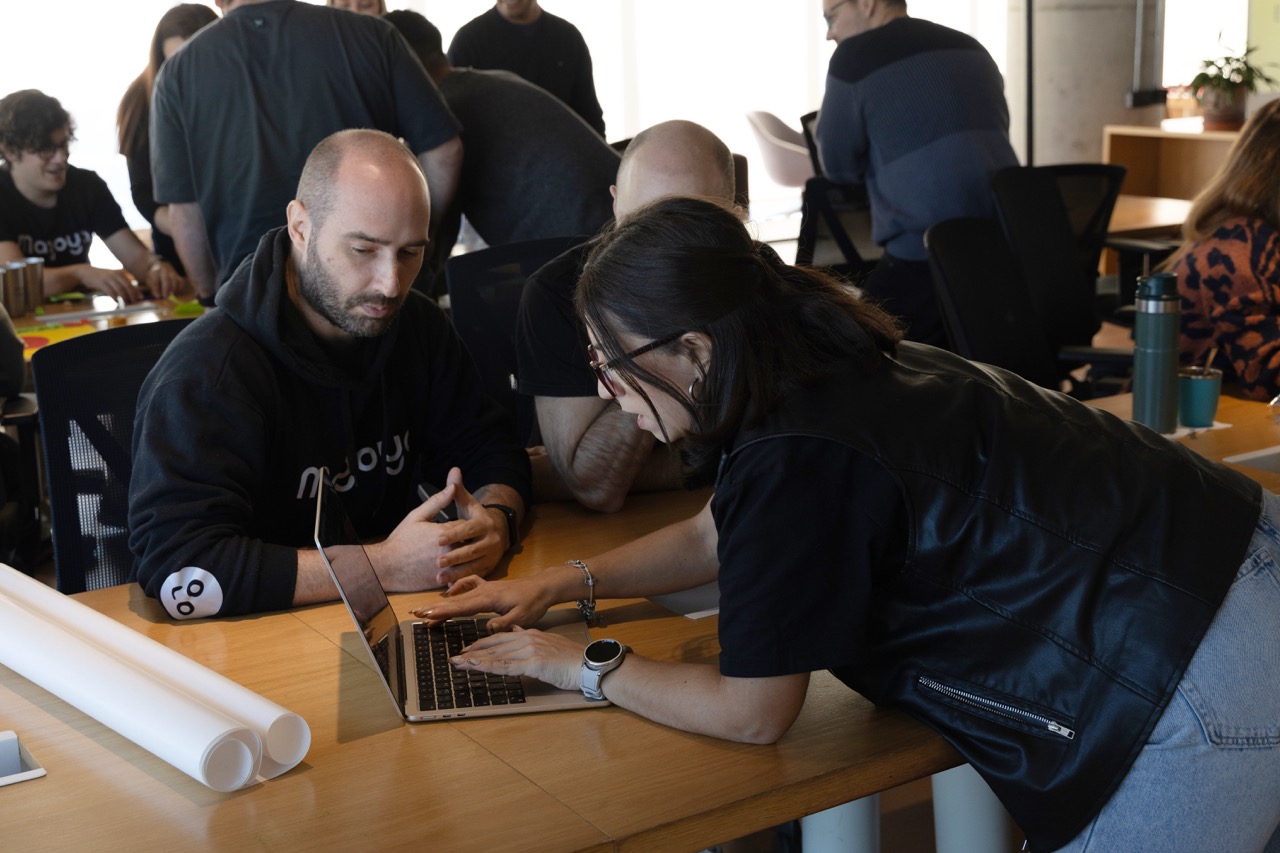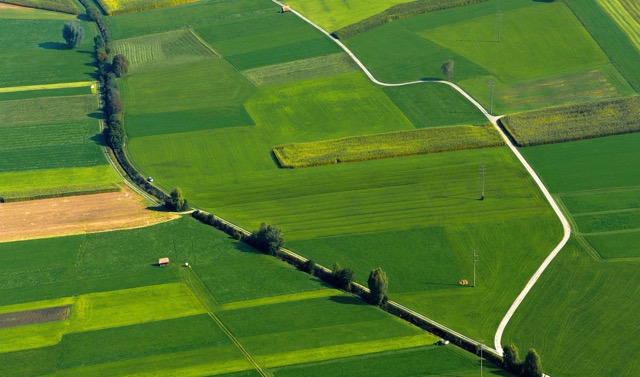Most Ag Tools Fail in the Field. Here’s Why.
Subscribe to get insights and updates.
Agriculture and technology news combined.What Everyone Already Knows
Usability in the field is a known challenge. Agricultural work is mobile, outdoor, and time-sensitive. Tools must function reliably offline, and stand up to the elements. Interfaces must be legible in sunlight and operable with gloves. Load times must be short, and navigation must be obvious. These issues are basic. Solving them is necessary, but not sufficient.
The Real Problem
Too many ag tech tools are built to serve internal business goals—data capture, CRM integration, sales tracking—not to deliver meaningful value to users. The user—often a grower, agronomist, or local advisor—becomes a data source rather than a beneficiary. They are asked to input information, navigate complex interfaces, and change their routines, but what they receive in return rarely improves their decisions or outcomes in any material way.
What Tools Should Be Doing Instead
To gain real traction, tools must:
- Deliver insights users cannot easily get elsewhere
- Help them make better decisions across fields, seasons, and crops
- Not only respect, but reduce friction and improve efficiency of existing workflows and operations.
The most powerful tools surface actionable intelligence, not just visualizations. Dashboards should summarize seasonal and historical data, highlight anomalies and risks, and make benchmarking intuitive. Contextualized recommendations—such as planting adjustments based on previous results and localized weather—build trust and lead to repeated use.
What Gets in the Way
Lack of Interoperability
Most farmers and advisors work across multiple brands, platforms, and tools. Few of these systems are designed to work together. Each product operates in a silo, asking for its own inputs, offering its own outputs, and rarely integrating with the broader digital environment in which the user already operates. This creates unnecessary friction. When a new tool cannot easily exchange information with existing ones—or when it adds another login, another workflow, or another learning curve—users disengage.
Shallow Discovery
Most product teams do not spend enough time with real users before building. Internal roadmaps and launch deadlines override field reality. Without discovery, it is easy to build something polished that ultimately solves the wrong problem. In some cases, the technology came before a true problem was even identified.
Limited Opportunities for Iteration
Unlike other tech-based industries where solutions are used daily at full capacity, allowing for iterative changes, the agricultural sector presents a unique challenge. Most solutions are only utilized for one to two months annually. This limited usage hinders the ability to implement customer-driven changes, especially for workflows that are only considered for a brief period each year.
How Magoya Helps
At Magoya, we work with agricultural companies to balance internal business objectives with the practical needs of field users. Our process emphasizes early user discovery, prototyping, in-field testing, and iterative refinement to develop tools that meet the user’s expectations—in function, integration, design, and value.
These examples demonstrate the tangible benefits of aligning business strategy with user reality:
- Multi-user recommendation platform: In one engagement, we worked with a multinational seed and crop protection company to transition from a static digital catalog to a product recommendation platform. The goal was to support both sales teams and growers with insights tailored to field conditions and crop cycles. We led discovery and user research to map key workflows and unmet needs, iteratively redesigned and expanded the platform with new use cases, and optimized the product through agile sprints. Through this process, we integrated multiple data sources—including weather, soil, and crop modeling—to help the client deliver targeted guidance for product selection, planting density, and harvest timing. Today, this platform serves thousands of users across five countries and supports multiple commercial brands.
- Platform redesign to drive adoption: In another case, a biotechnology company partnered with us to address usability issues in a soil analysis platform. The platform’s original interface was complex, difficult to navigate, and ineffective at communicating results. We partnered closely with the client’s product team to conduct user research and analyze friction in the existing experience, and then redesign key modules and data flows around user decision points. After iterating on prototypes with feedback from internal stakeholders and customers, we delivered a design system that could scale with new features. The updated platform has improved adoption by agronomists and dealers who previously struggled to extract value from the system.
Practical Solutions for Building Tools That Work
For teams building the next generation of agricultural software, the message is clear.
Begin with discovery. Prototype early. Test with real users in real conditions. The time invested in these early stages will yield more efficient development, reduced risk, and ultimately, products that are actually used.
- Center Product Discovery Around User Value: Begin by identifying both the business goals and the value proposition for end users. Balance internal needs with field-level utility. Use interviews, shadowing, and feedback loops to uncover the real decision-making challenges users face.
- Prototype Before You Build: Use clickable prototypes to simulate interactions and workflows. This allows teams to test navigation, outputs, and comprehension before writing code. Prototypes reduce rework and clarify what matters most to users.
- Design for Interoperability: Ensure your system can exchange data easily with other platforms in the farm tech stack. Use open standards where possible, and prioritize seamless data flows. Make the product feel additive, not duplicative.
- Build for Field Conditions: Optimize performance for offline use. Ensure screens are readable in bright conditions and touch interactions work with gloves. Focus on responsiveness and reliability, not just aesthetics.
- Coordinate with the Season: Adapting the roadmap to the agronomy cycle ensures features are launched precisely when needed, increasing value and learning.
- Prioritize In-Tool Intuition: Design interfaces that do not require training. Use familiar layouts, clear labeling, and progressive disclosure to guide users. Offer context-sensitive help only where necessary.
- Invest in Long-Term Usability: Include space for seasonal review, benchmarking, and planning in your interface. Move beyond single-interaction tools to platforms that accumulate and improve in value over time.
- Surface What Matters: Design interfaces that highlight risks, anomalies, and opportunities. Prioritize information that drives decisions, rather than overwhelming users with insights. Where appropriate, apply trained agents to generate timely, relevant recommendations.
By following these principles, product teams can avoid common pitfalls and build tools that not only launch, but last.
If your tool isn’t landing, don’t blame the user. Let’s find the friction—and fix it—before the next release. Magoya helps teams build better, smarter, and adoption-ready.


.png)


